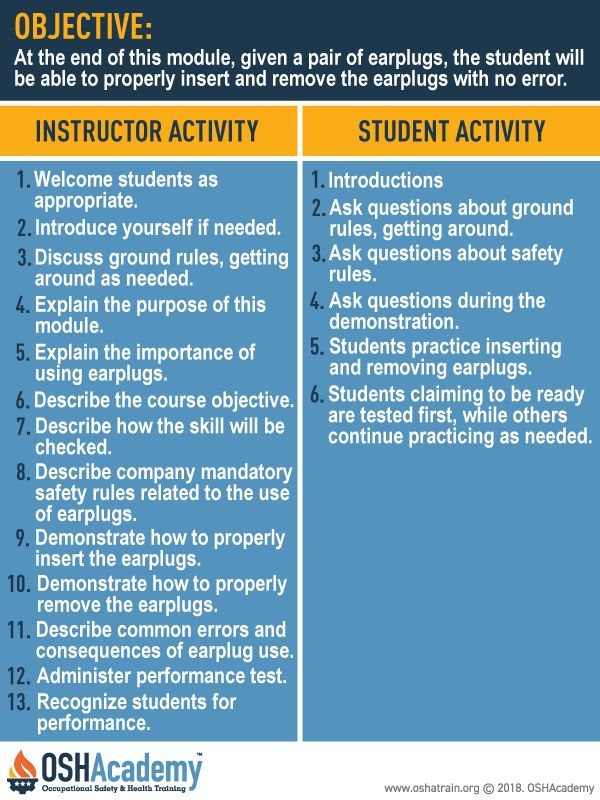Writing Goals and Objectives
One of the most important, yet for some, the most challenging activities in the training process is writing clear-cut, competency-based learning objectives that describe what the learner will be able to do at the end of the training session. Some trainers believe goals and objectives are the same things; not so. Let's take a look.
Goals
A goal is nothing more than a wish. We've all stated goals like, "I wish I could lose some weight," from time to time. Goals are broad in the sense that they state general intentions. They are not specific enough to be measured. There are two basic types of goals:
- A training goal is a general statement about what the trainer wants to do. It states how the trainer will achieve the intended outcome of training.
- A learning goal is a general statement about what each student know and/or do after training. It summarizes what the learner, not the trainer, will know or be able to do.
Objectives
Objectives are much more specific than goals. Objectives state observable measurable outcomes describing what we do and how well we do it.
- A training objective is a specific statement describing what the trainer will do during training. For instance, a training objective might state: "During the first hour of the training session, the trainer, given a full-face respirator, will discuss and perform each step of the respirator don-doff procedure."
- A learning objective is a specific statement describing what the learner will know and/or can do after training. For example, a learning objective might state: "By the end of training, each student, when given a full-face respirator, will be able to correctly perform all steps of the don-doff procedure."
Writing learning objectives is required by ANSI Z490.1 guidelines when hazardous procedures and practices are taught. Virtually all technical safety training involves testing.
Knowledge Check Choose the best answer for the question.
2-7. The statement, "By the end of training, the student will be able to describe all steps in the equipment lockout/tagout procedure," is an example of a _____.
You forgot to answer the question!


